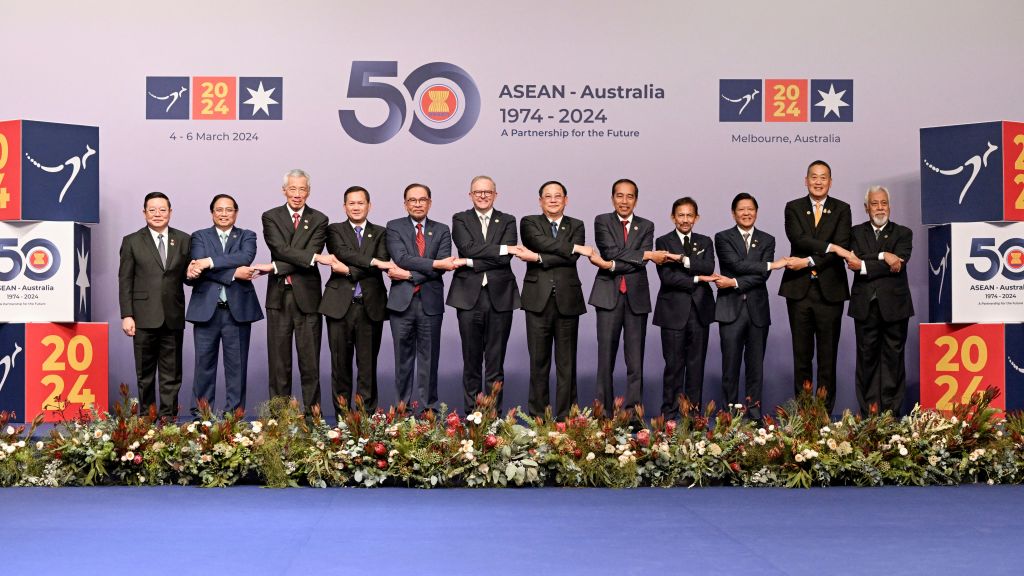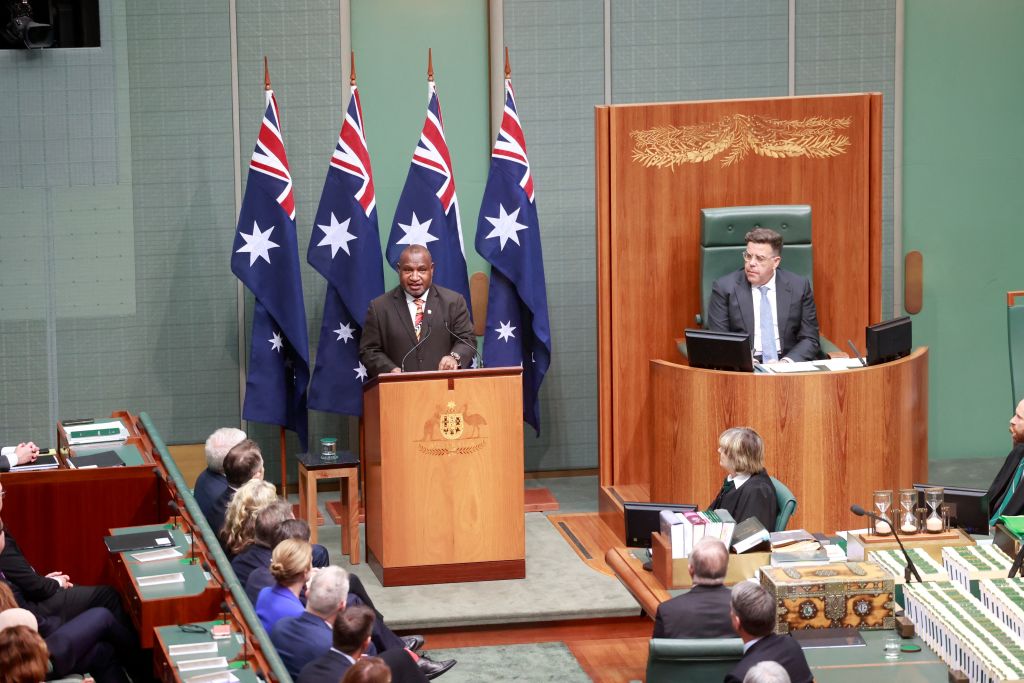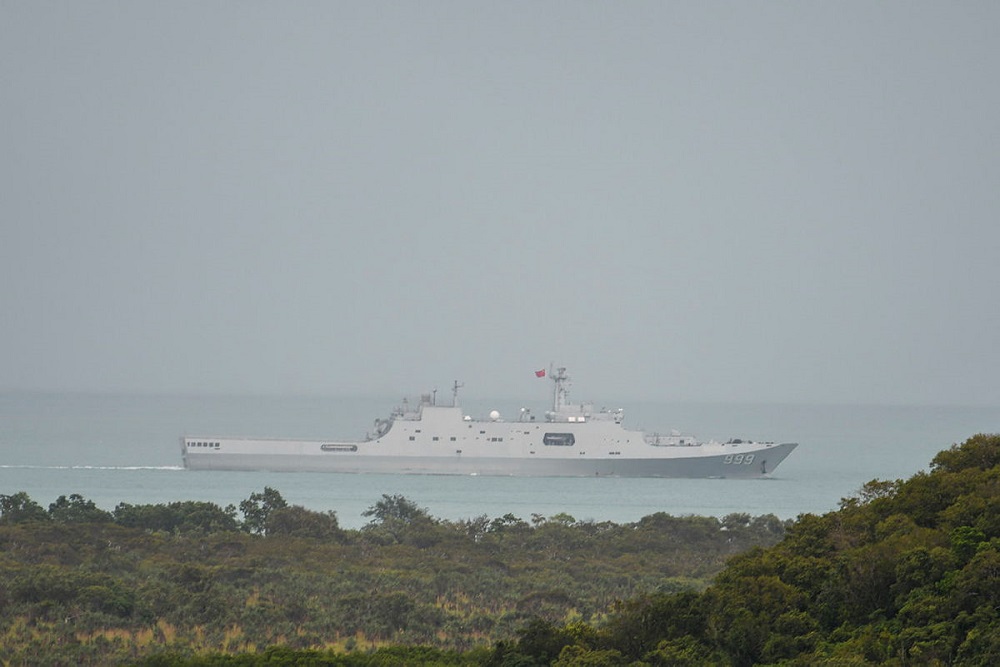The China challenge can make Australia more cohesive, but only if we all face it

Whatever diplomatic niceties were exchanged during Premier Li Qiang’s visit to Australia this week, China wants to undo the established liberal order and impose a different order on the region. This new order would, at best, significantly curtail Australia’s decision-making capacity on issues directly impacting our sovereignty.
It is crucial that the federal government speaks frankly and directly to the Australian people about this issue. And the message needs to be this: we are worried about China’s efforts to permanently reshape the region and have made a judgement that doing nothing in the face of that effort is worse than doing something—even if that ‘something’ is very costly.
The costs and consequences of that judgement, it also must be said, will impact all Australians in one way or another. This unavoidable message needs to be delivered publicly, and in clear terms.
With conflicts around the world and with the G7 and the Ukraine Peace Conference both calling out China’s support for Russia’s war machine, Li’s visit to Australia provided an opportunity to properly explain the challenge China poses, consistent with all our most trusted global partners. This didn’t happen and instead the Australian government chose to downplay the risks.
China wanted to limit discussion to a range of topics that allowed visit outcomes to be messaged on its terms, such as the need to maintain hard won stability in the bilateral relationship and to promote cultural positives, with nothing about the real sources of tension between the two countries.
As I’ve previously argued on this forum, leaders’ meetings—if they’re to be worthwhile—need to be about more than photo opportunities and positive gestures that signal improved ties on China’s terms.
As uncomfortable as it may be in the moment, speaking truthfully to China and the Australian public about the biggest obstacles we face in the bilateral relationship is the only viable option.
Li’s visit to Australia presented a particular opportunity in that it prompted a heightened level of public interest in Australia’s role in international affairs—something not typical of political discussion in this country. With foreign policy thinking and decision-making concentrated in Canberra, most Australians have been distanced from daily debate about Australia’s external security challenges and what can and should be done about them.
We know there are people thinking about such things for us and we’ve gotten used to trusting them to do the right thing. As former Office of National Assessments head Allan Gyngell wrote in 2017, foreign policy doesn’t lend itself to clear storytelling, which is why most voters have little interest in it.
That has been okay for generations of Australian political leaders—and perhaps even desirable, if they were being honest. The absence of serious external threats to Australia’s way of life since the end of the Cold War allowed democratic political leaders, including in Australia, to focus largely inward and, for the most part, to shy away from public discussion of foreign policy issues and the patterns shaping international events.
This is changing as threat perceptions of China in Australia continue to grow, creating a need and an opportunity for the Australian public and political elites to establish a deeper dialogue about Australia’s place in the world and what we truly value.
In seeking to justify the need for an urgent rethinking on defence, for example, much more could have been, and still can be done, to explain to the Australian public what it is we are trying to defend.
To most Australians, terms such as ‘strengthening deterrence capabilities’ mean little unless it is already understood what the nature of the threat is.
The reality is that future Australian political leaders will be forced to make more trade-offs between foreign and domestic imperatives than their predecessors did. Being true to our own concerns and judgements now, will prepare the ground for that in the future.
This doesn’t just apply to the federal government. As the Li visit demonstrated, state governments, for better or worse, have an important role to play.
While there are good reasons for any federal system of government to discourage state participation in foreign policy, the reality is they are already involved and they need to be brought along on the Australian journey. Any vacuum created by our government would likely only be filled by nations like China taking states, and therefore all of us, for a ride. If state and territory leaders are unable to engage more fully in recognising and managing risk in the bilateral relationship with China, then we will all be at a tremendous disadvantage.
China is attuned to inconsistencies or conflicted messaging between different sectors and levels of government and will use them to its advantage.
That said, closer alignment at the state and federal level on China will take time to get right. And again, that process requires transparent leadership. With the eye-watering sums projected to meet future defence needs, combined with the security need to increasingly reject short term financial injections from countries of concern like China, the onus is on Prime Minister Anthony Albanese and his Cabinet to explain to the Australian public why money needs to be spent.
The Australian government needs to accept this public communications responsibility so as not to leave the playing field to a more assertive and authoritarian China. The public, which has historically been disinterested in foreign affairs, is now richly interested and is seeking guidance.
Let’s not leave it to other countries to give it to them.







